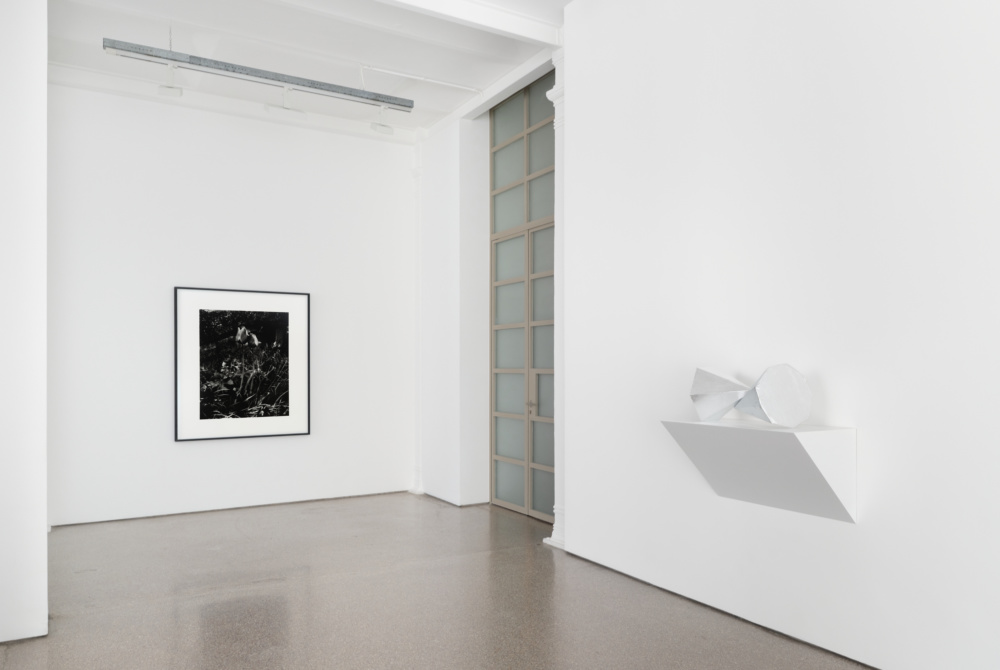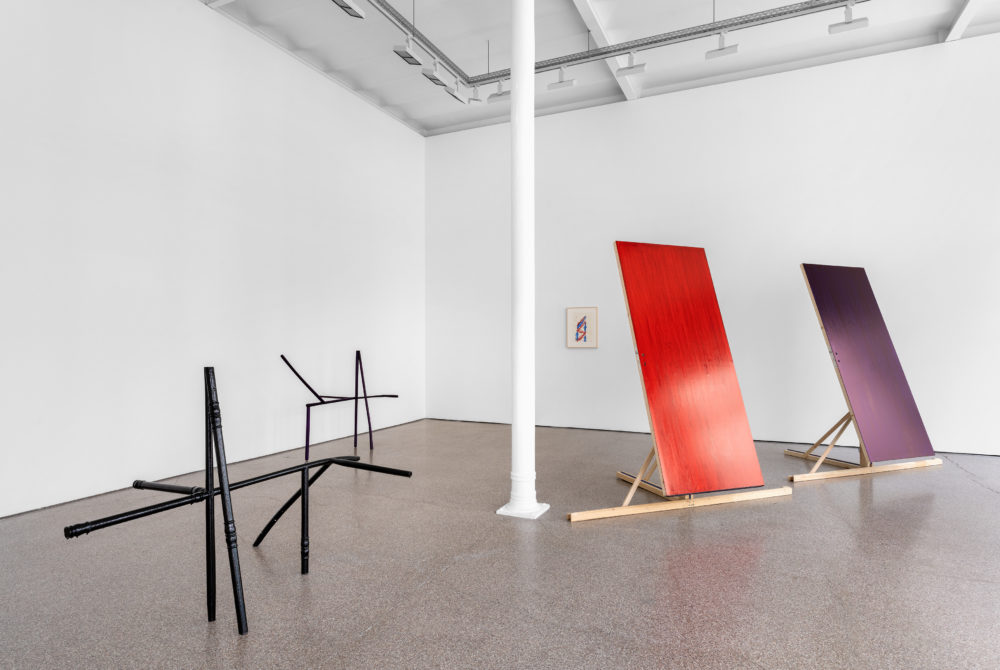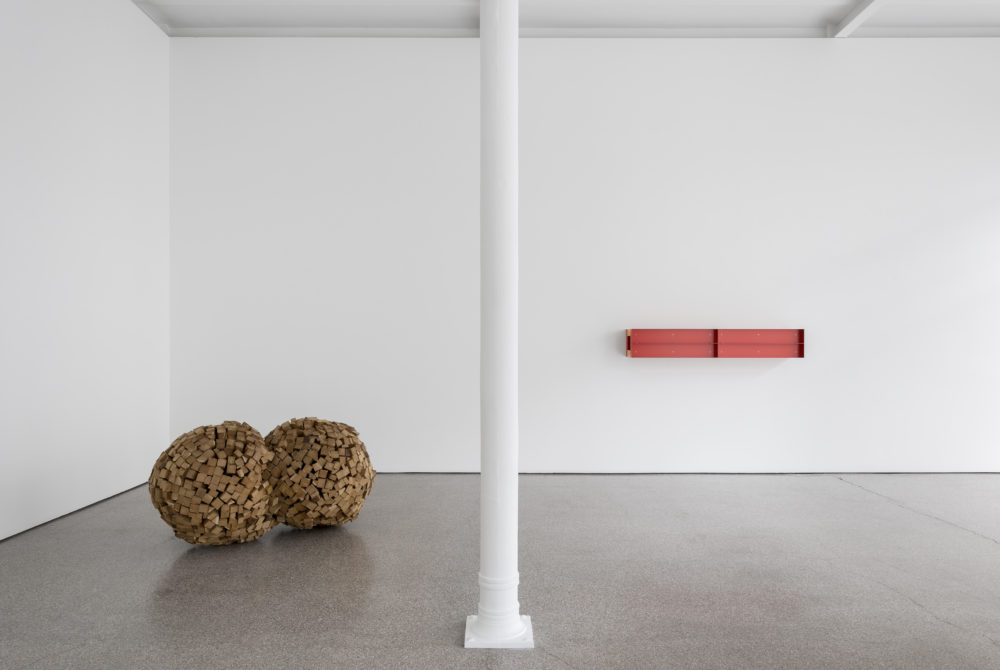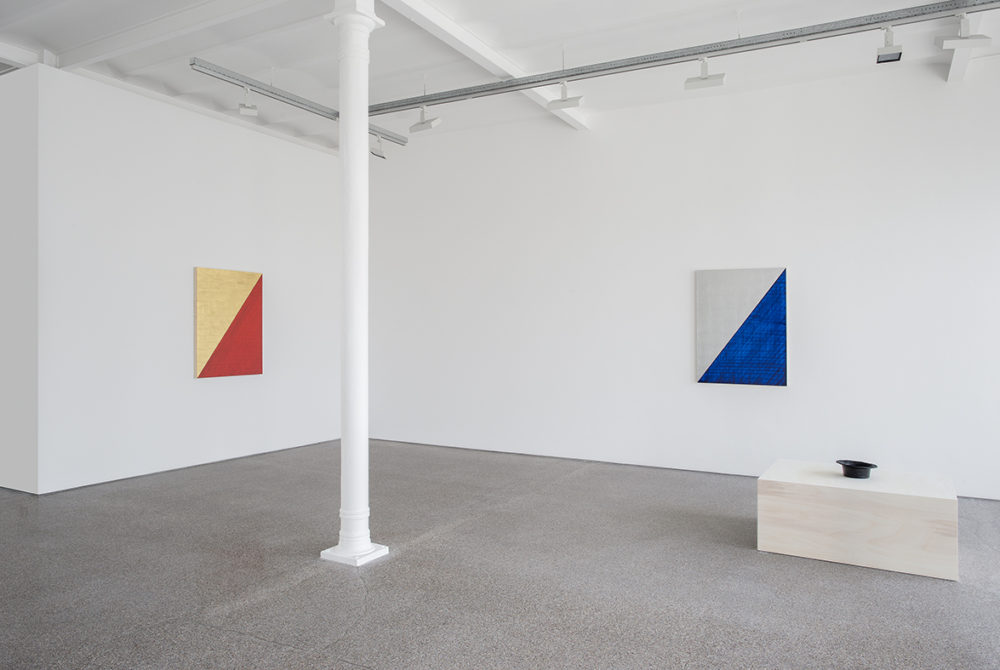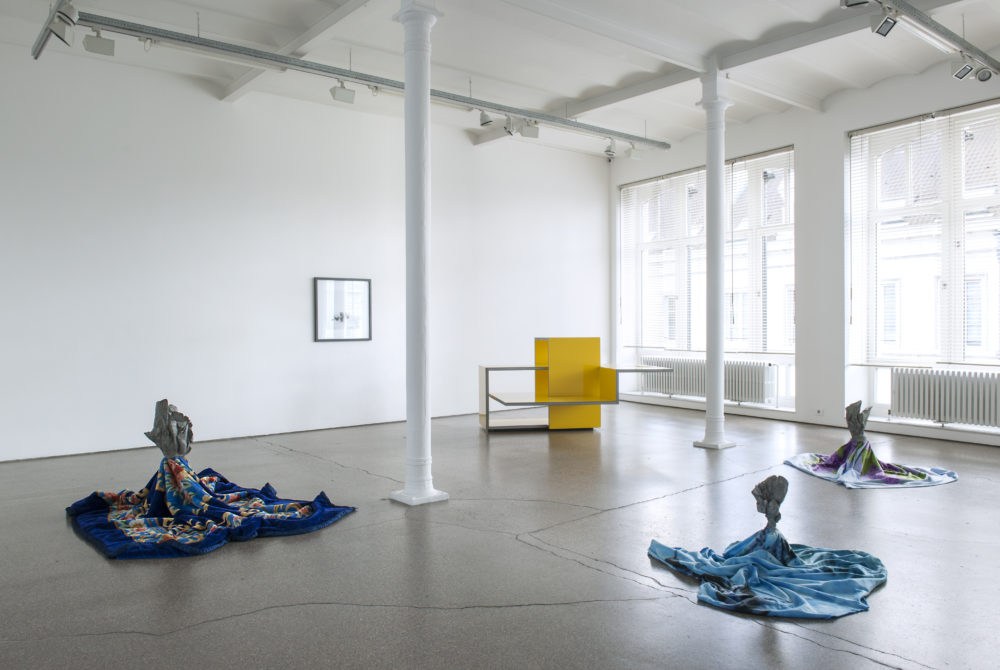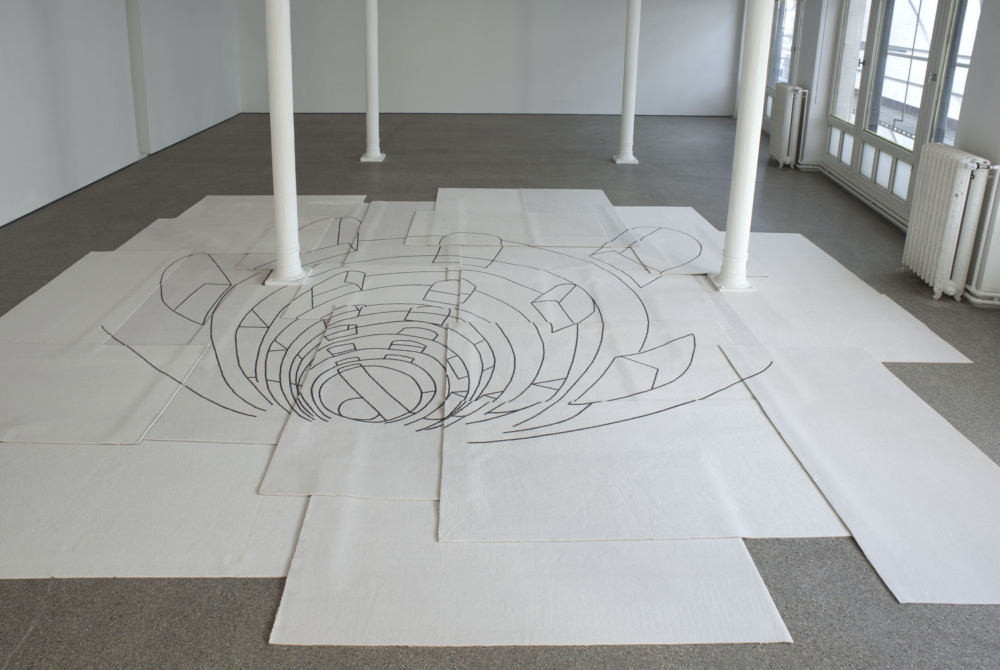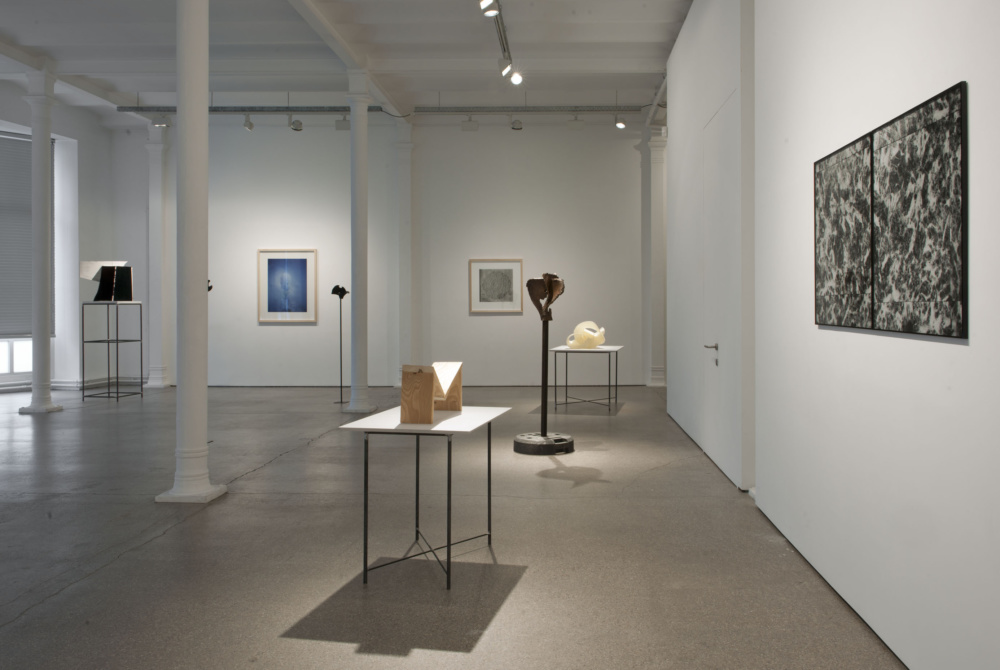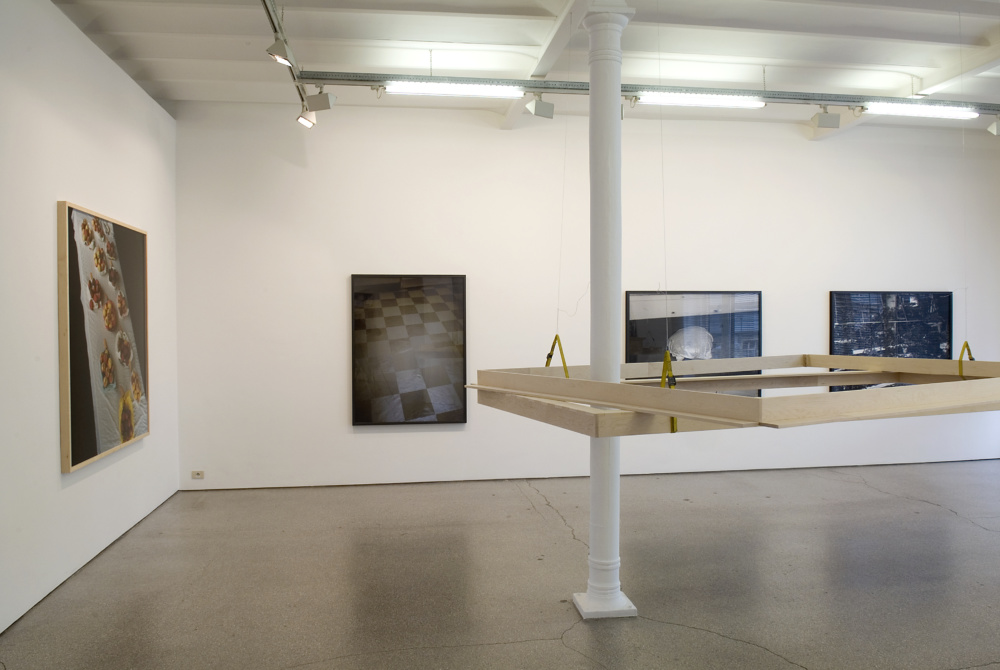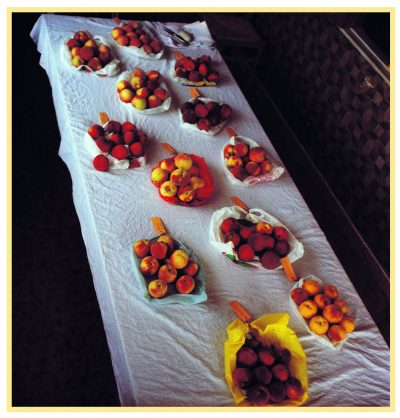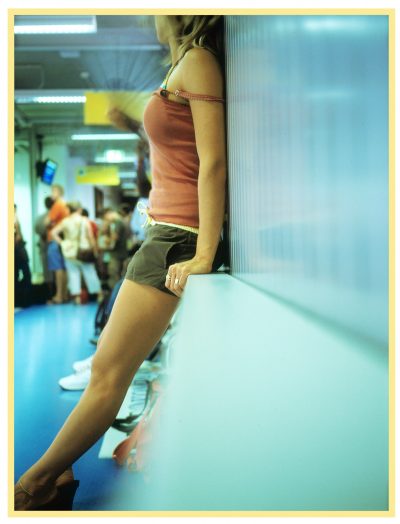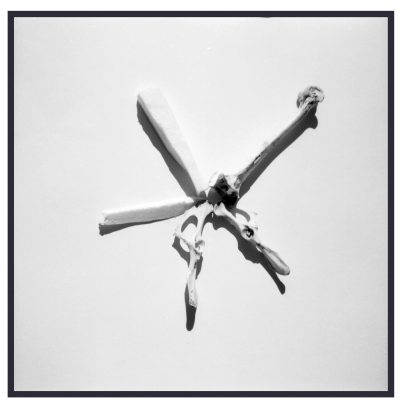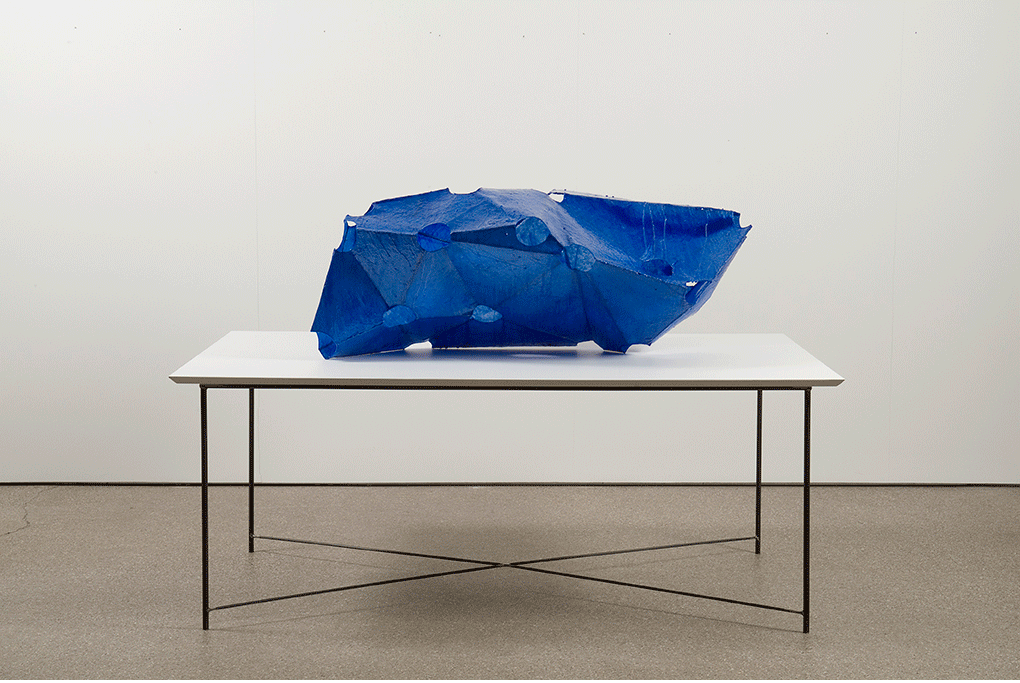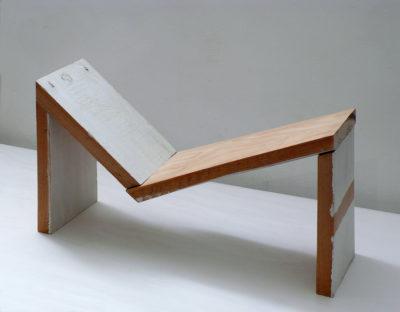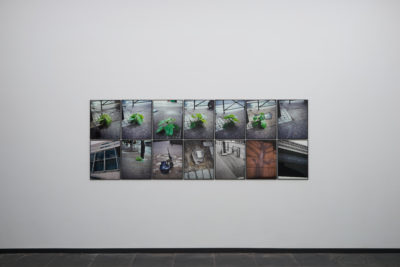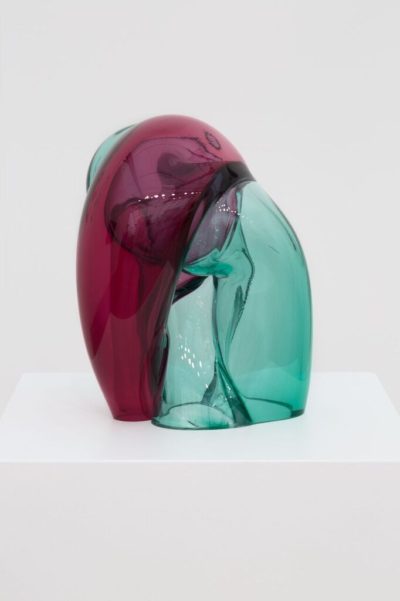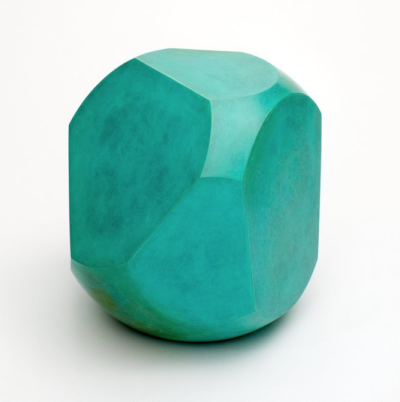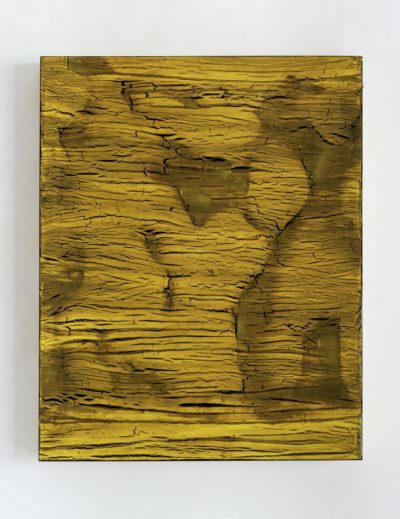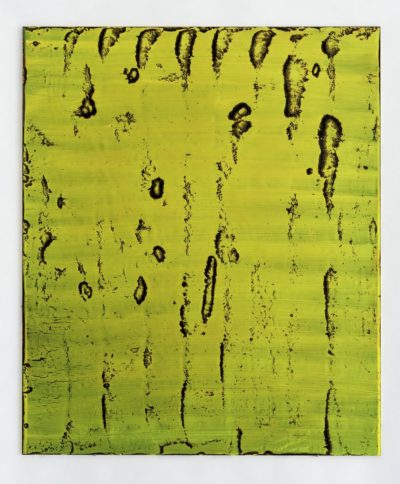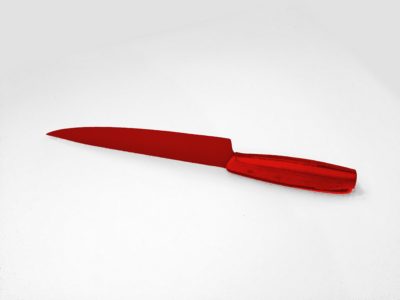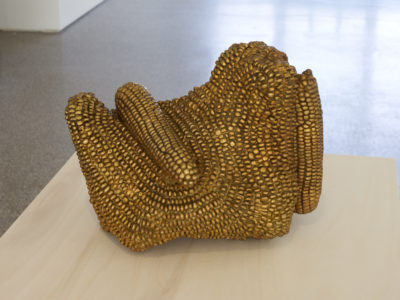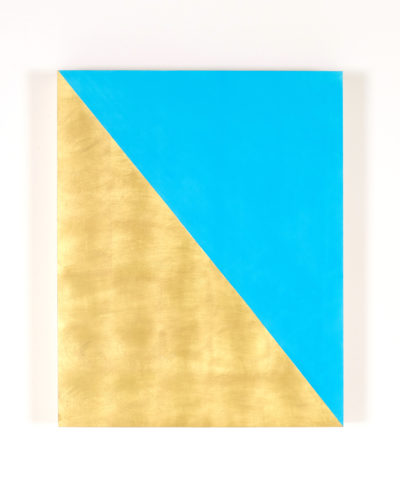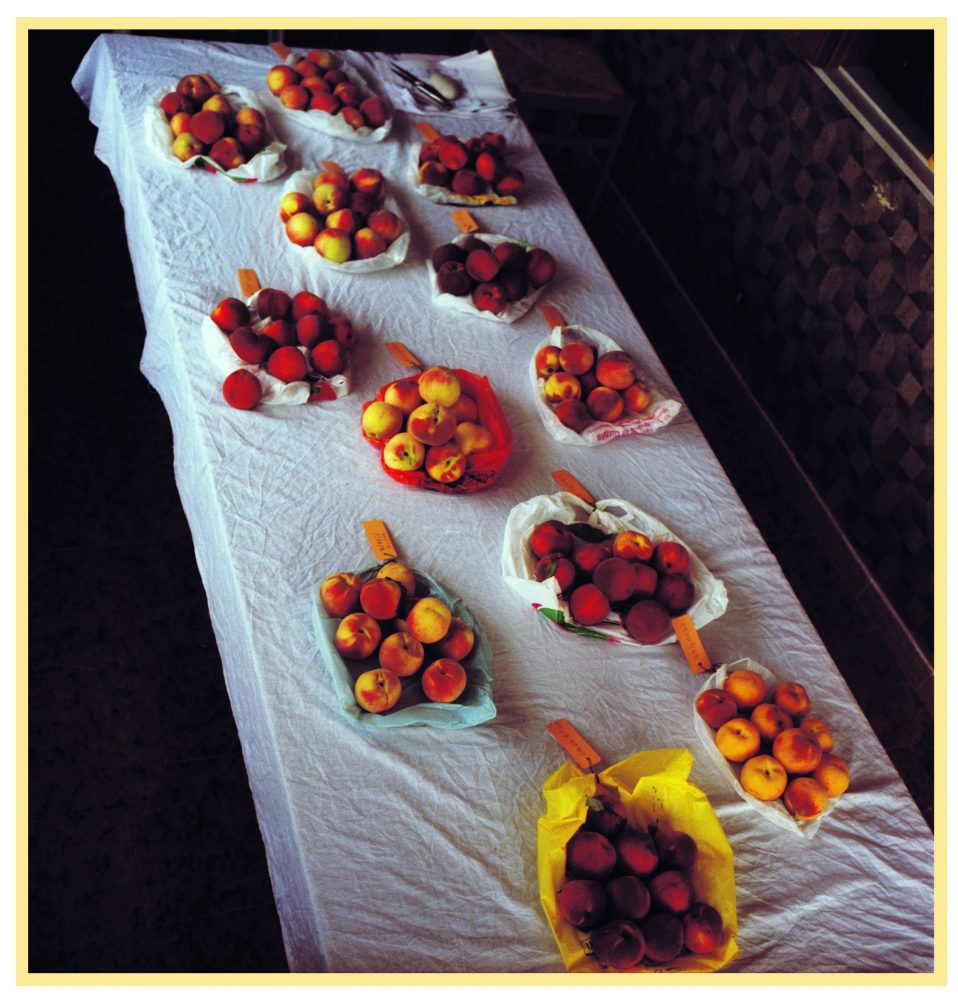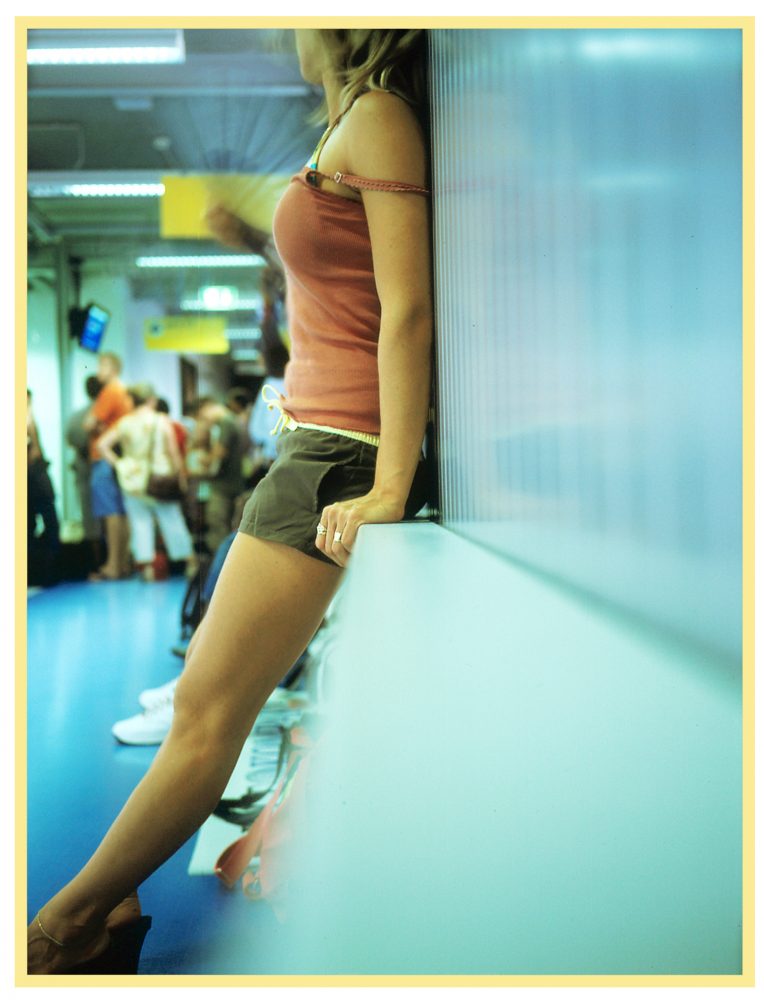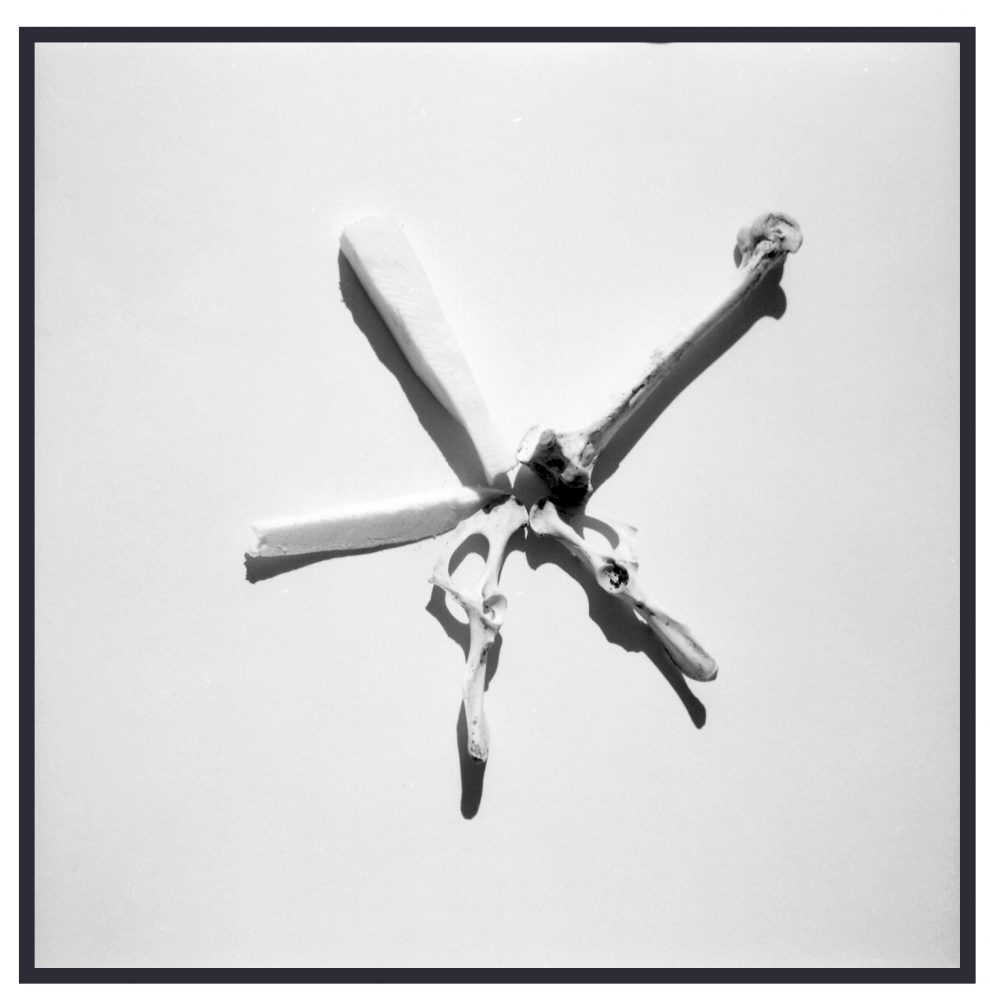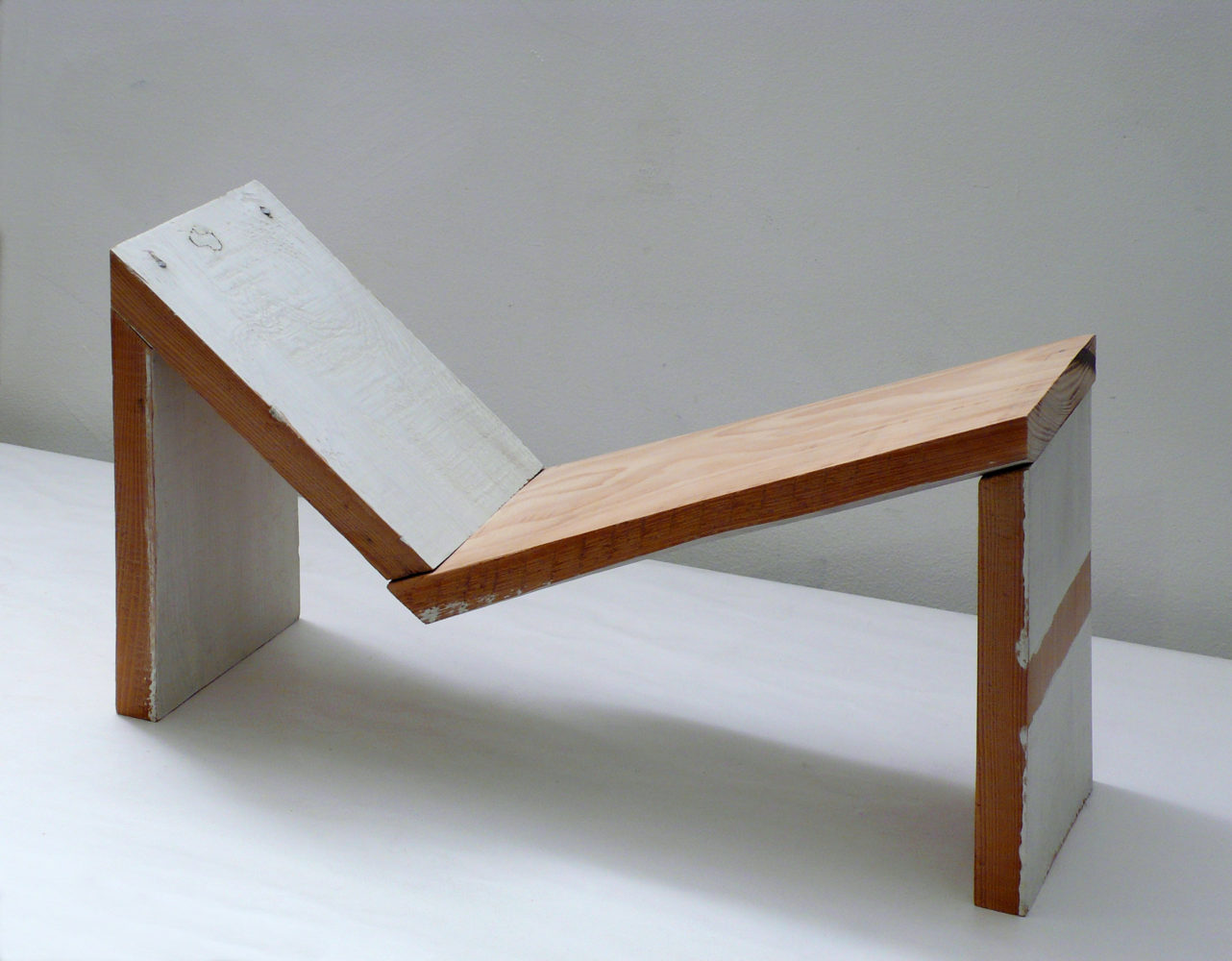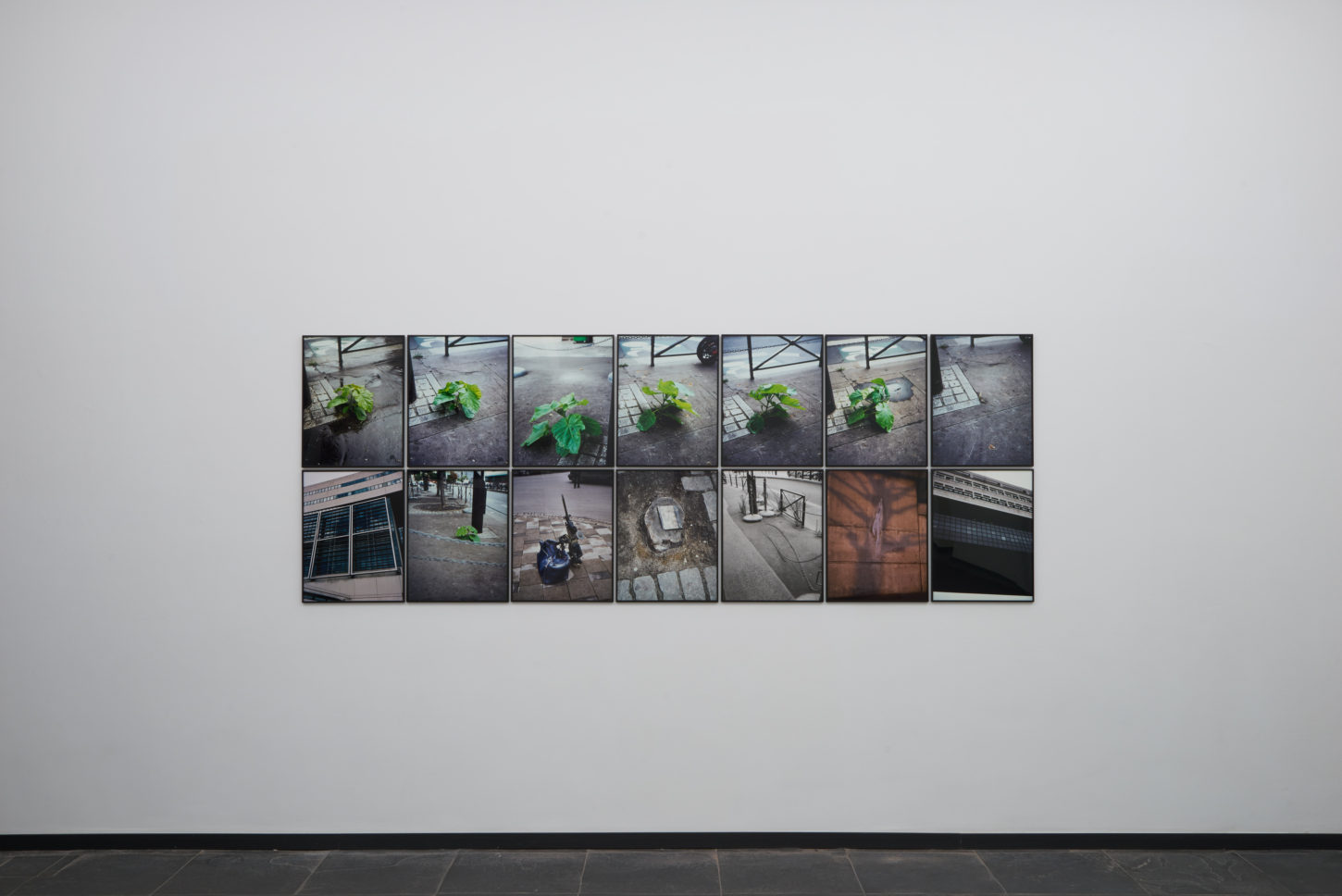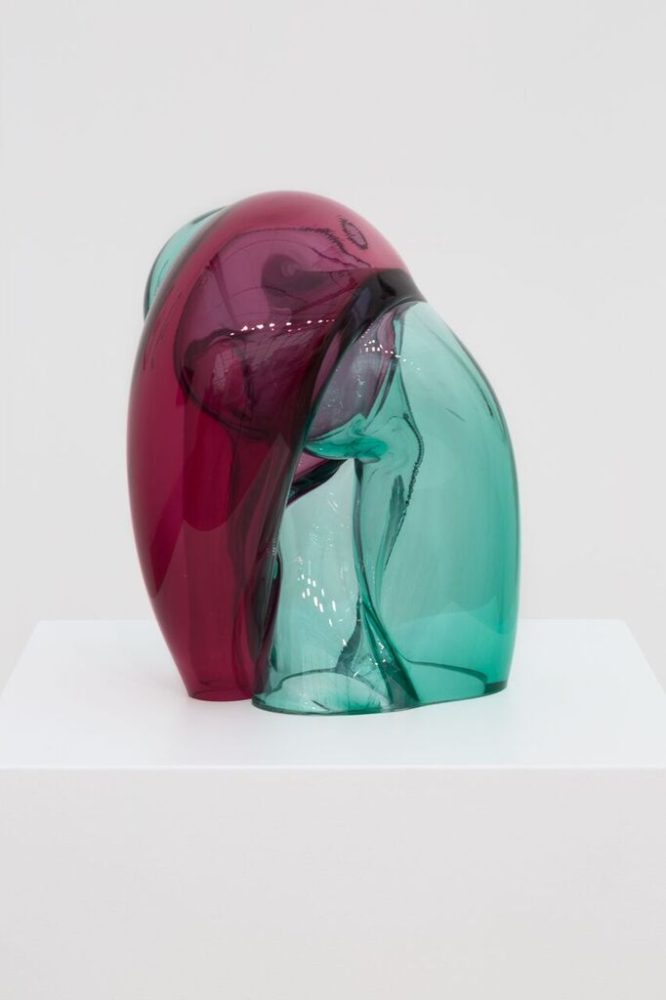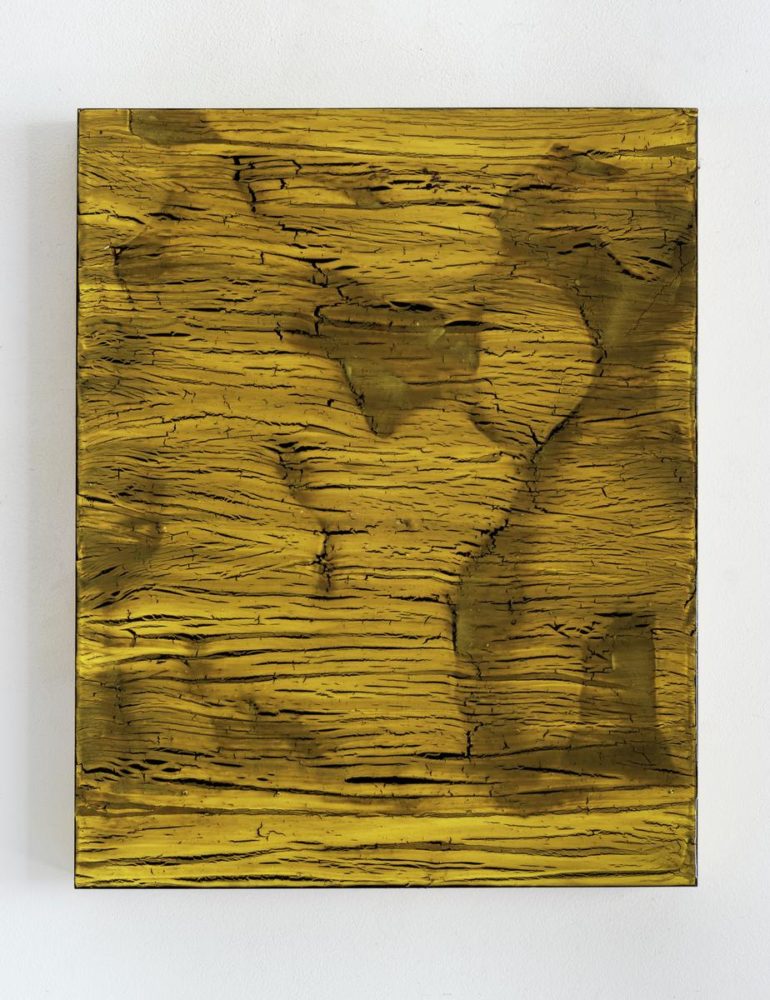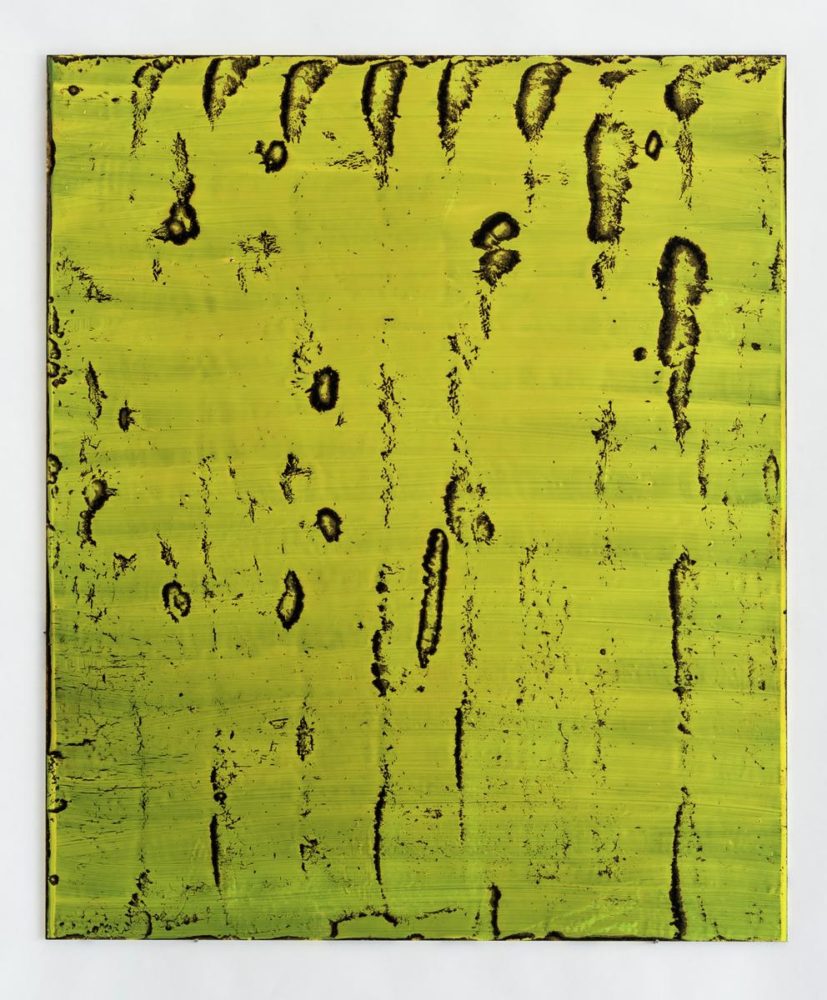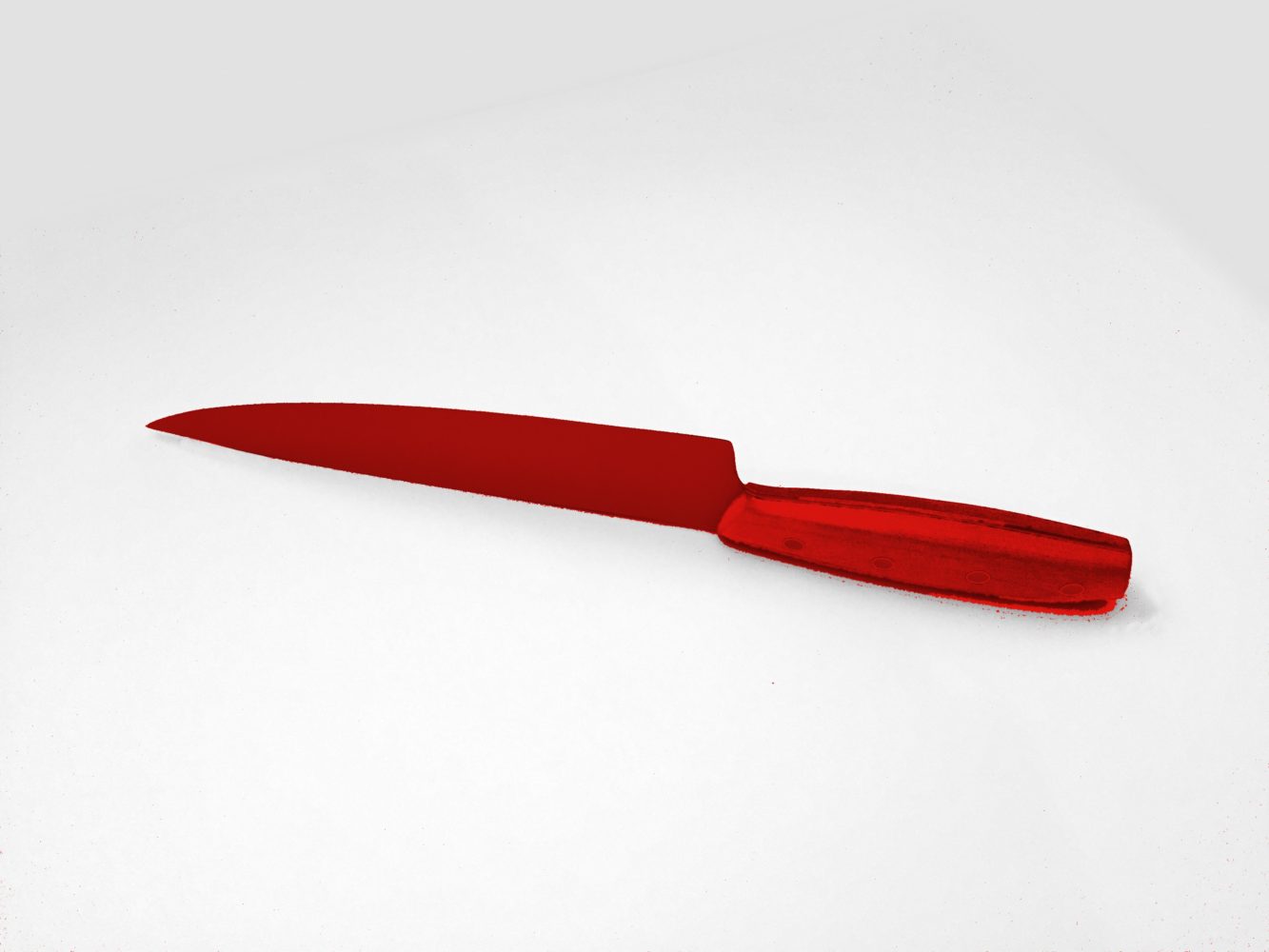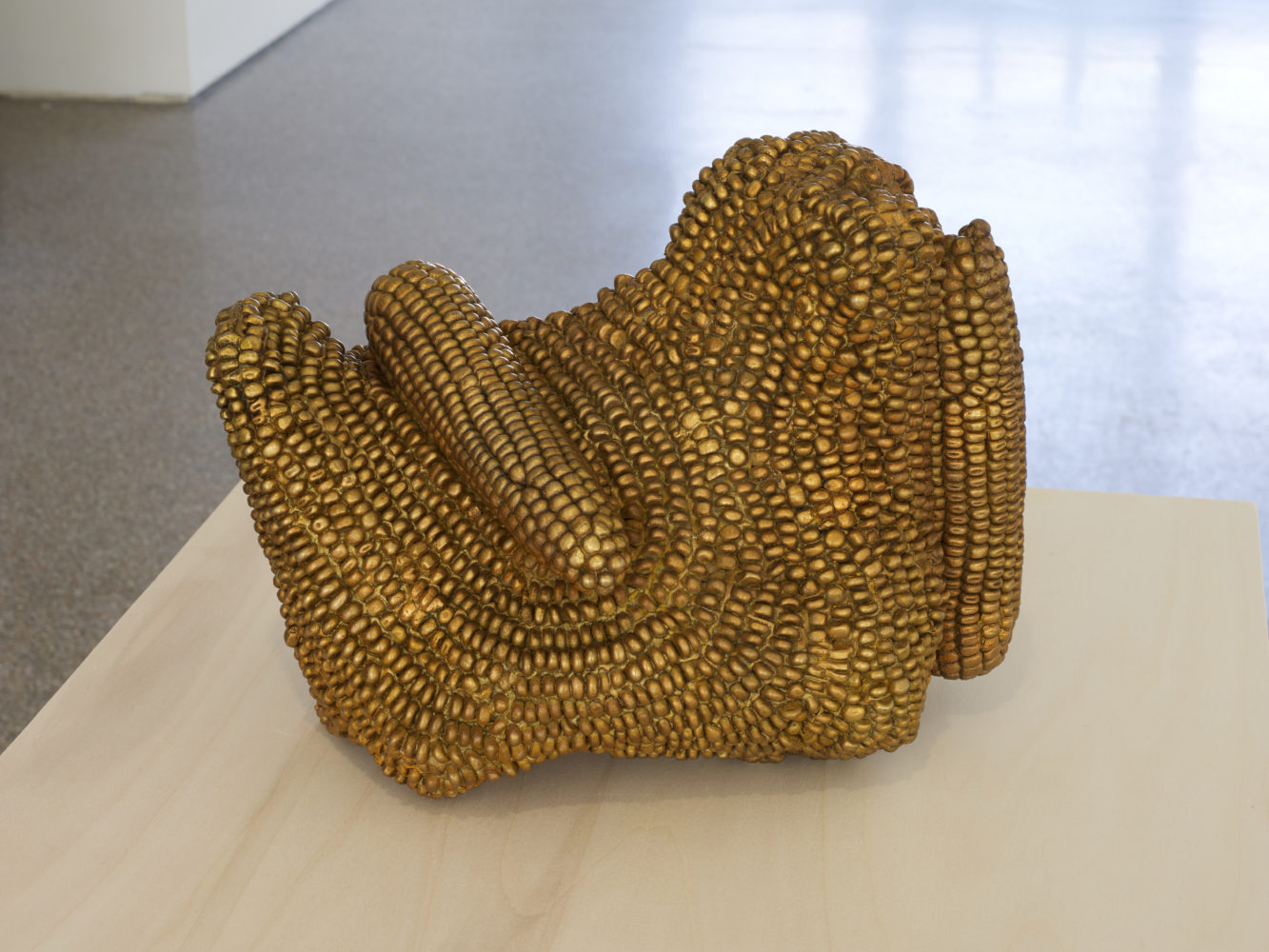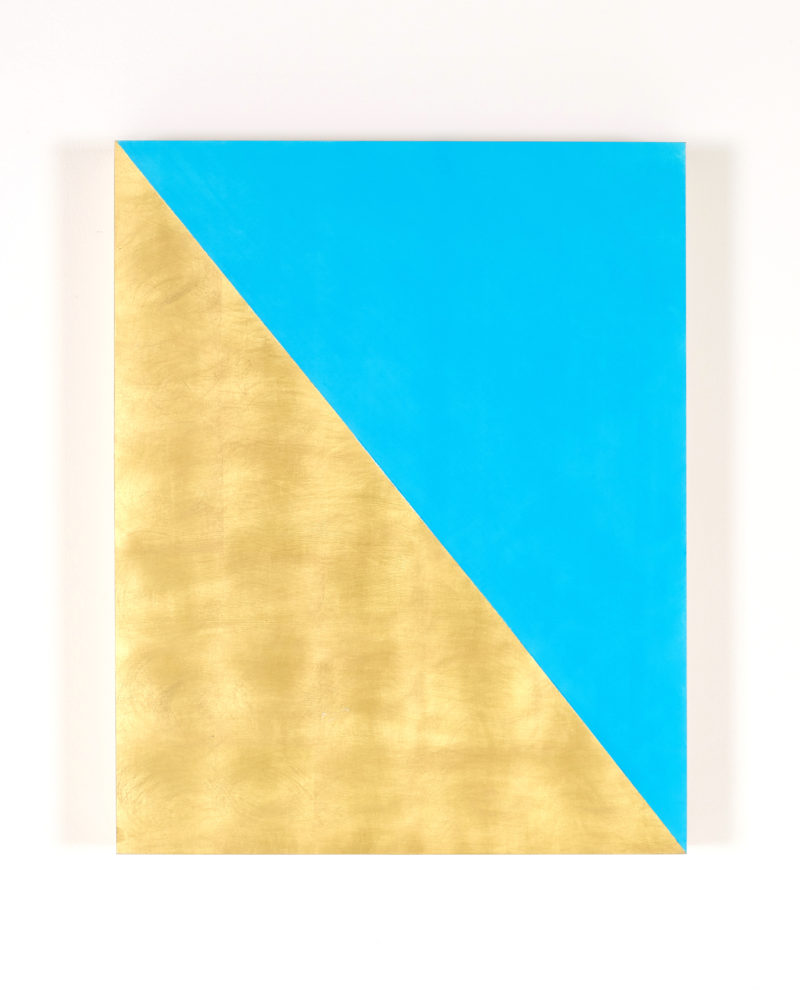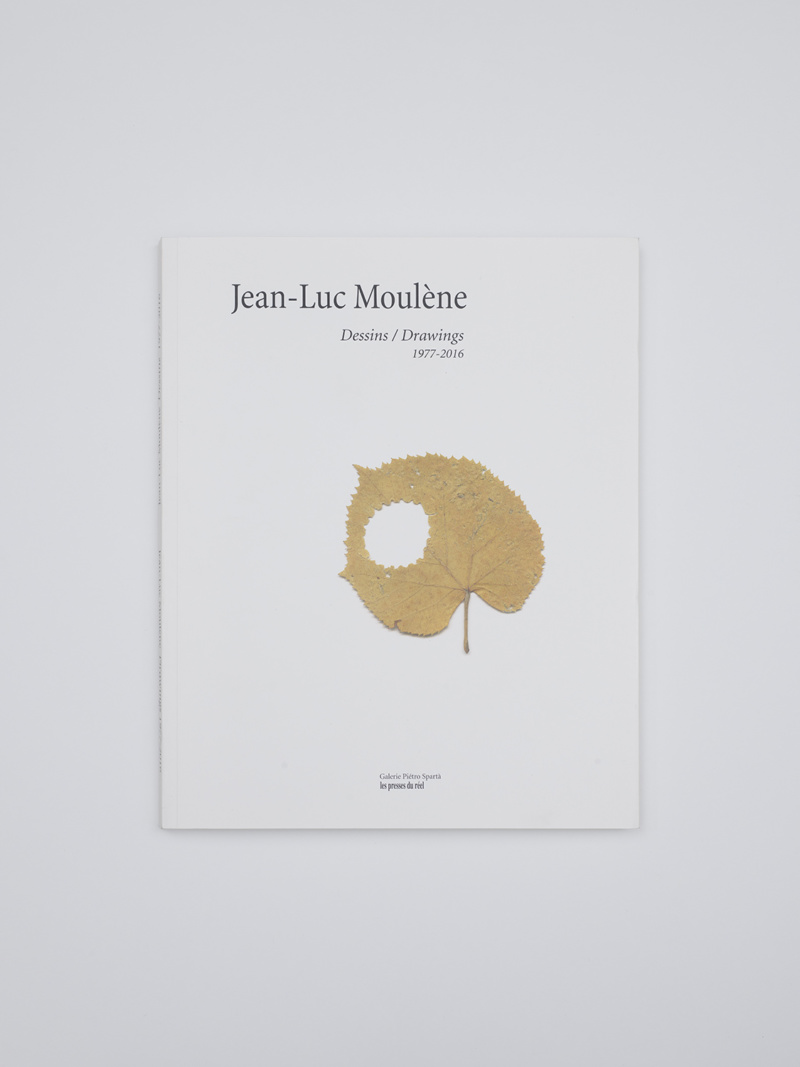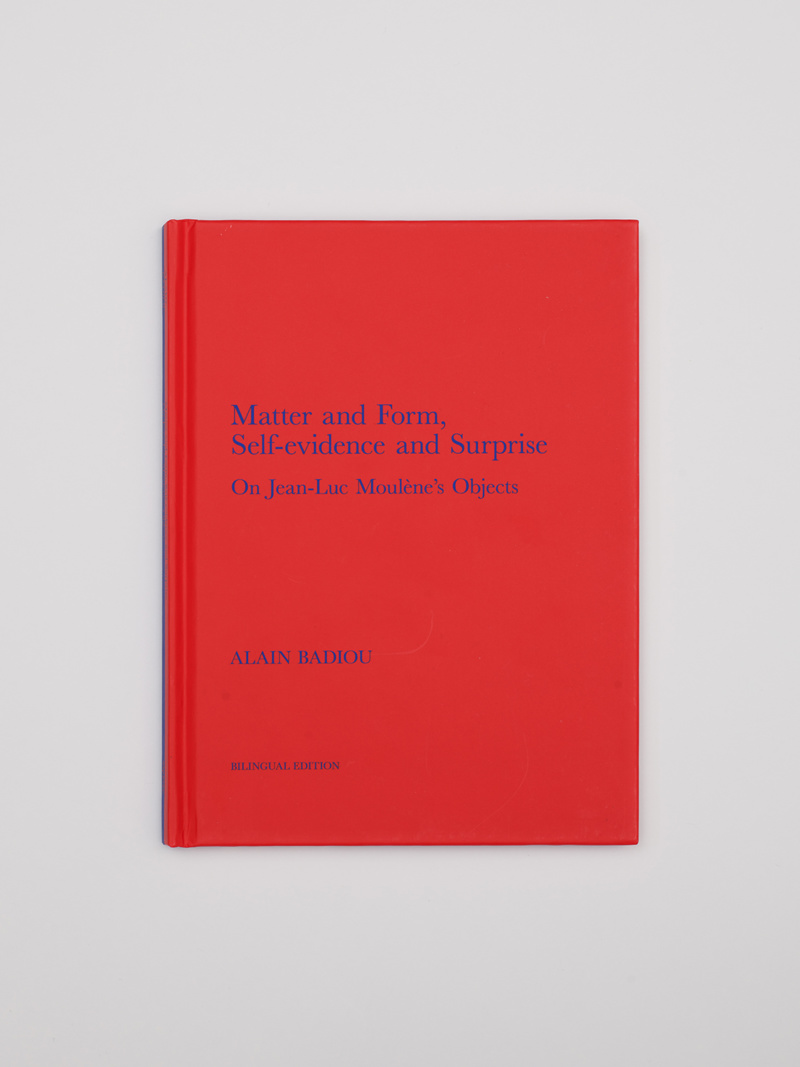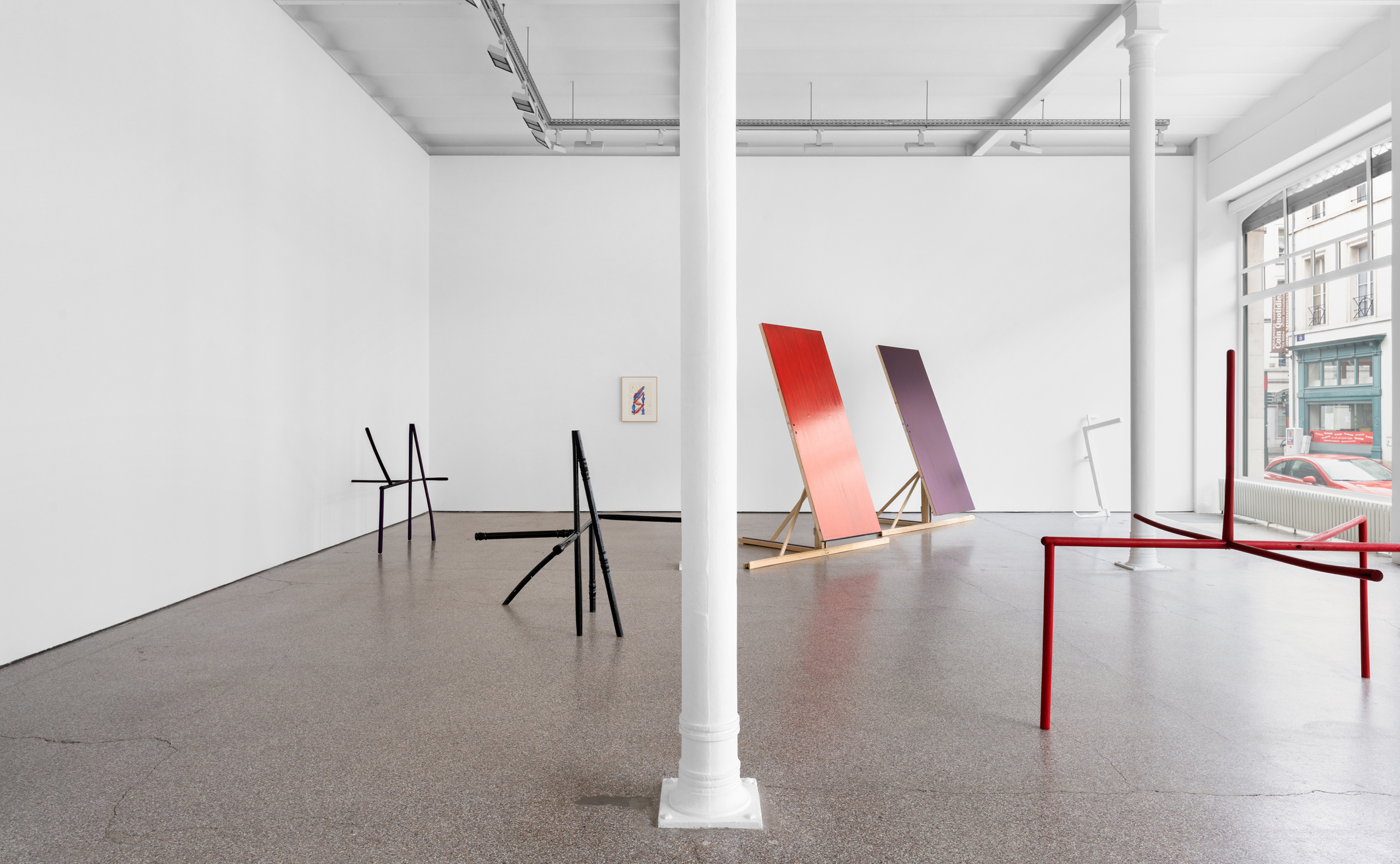
About the artist
Exhibitions

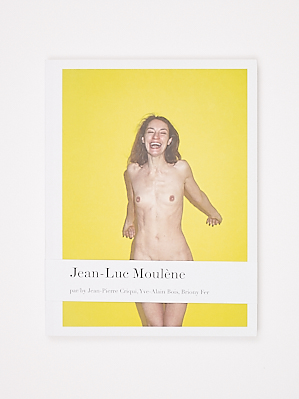
Jean-Luc Moulène
Jean-Luc Moulène (born 1955) is one of the most important artists in France today. This book presents a new reading of his work from 1992 to 2008.
Year: 2009
Dimensions: 29,7 x 22,9 x 1,5 cm
Pages: 166
Language: English
Material: Soft cover

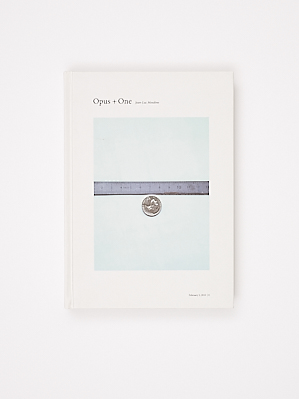
Jean-Luc Moulène
Opus + One
This book, the first critical study of Jean-Luc Moulène’s work, brings together leading scholars to examine the artist’s diverse aesthetic strategies and interests in the relationships between social and political arenas and systems and orders, including geometry, mathematics, social sciences, and human behavior. Featured essays also examine Moulène’s theoretical and playful inquiries into the plasticity of materials and the ways we see and understand both still and moving images.
Year: 2012
Dimensions: 18 x 25 cm
Pages: 288
Language: English
Material: Hard cover

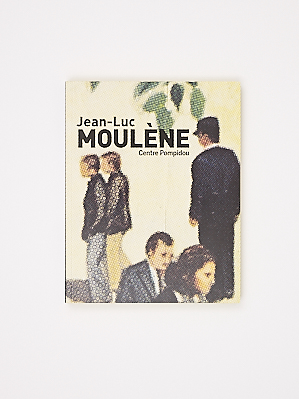
Jean-Luc Moulène
Centre Pompidou
Although Jean-Luc Moulène is primarily known for his photographic practice, his work on objects has now taken a central position. His use of technologies borrowed from industrial design combined with a careful experimentation of materials allows for the creation of works whose relevance is paramount. Metaphorically, these objects evaluate the common space, a place of tension where individual desires, political constraints, and social conventions intersect.
Published on the occasion of Jean-Luc Moulène’s exhibition at Centre Pompidou, Paris, October 19, 2016 – February 20, 2017.
Year: 2016
Dimensions: 21,5 x 28 cm
Pages: 240
Language: English, French
Material: Soft cover

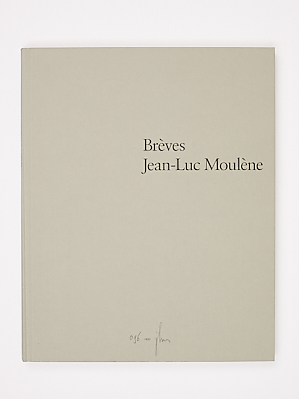
Jean-Luc Moulène
Brèves
In the four colors of the newspaper
with a four-color pen
and a good sense of abstraction
you get a bit of the world. (Jean-Luc Moulène)
40 newspaper clippings (revised by Jean-Luc Moulène), facsimiles, manually inserted into the body of the book
Concept: Jean-Luc Moulène
Print run 400, signed/numbered;
Year: 2017
Dimensions: 33 x 26,5 cm
Pages: 56
Material: Hard cover
Edition: 400

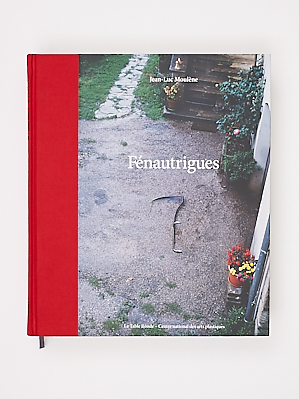
Jean-Luc Moulène
Fénautrigues
Pour Jean-Luc Moulène, Fénautrigues constitue un retour aux sources. Située au-dessus de Saint-Céré, cette petite commune du Lot abrite le lieu-dit Le Moulin. Berceau de sa famille, ce fut aussi le terrain de jeux de son enfance. Devenu un acteur majeur de la scène artistique française, Jean-Luc Moulène a mis à profit une commande publique du Ministère de la Culture et de la Communication pour revenir explorer Fénautrigues de fond en comble. Entre 1991 et 2006, il a arpenté, appareils photos en main, ce territoire de 5 km2. Jardins, ruisseau, travail des champs, bois et chemins creux ont donné matière à 7 000 prises de vues. Ces 500 images qui en sont extraites forment une oeuvre singulière sur la mémoire, l’espace et le regard.
Year: 2015
Dimensions: 29 x 25 x 5 cm
Pages: 528
Language: French
Material: Hard cover

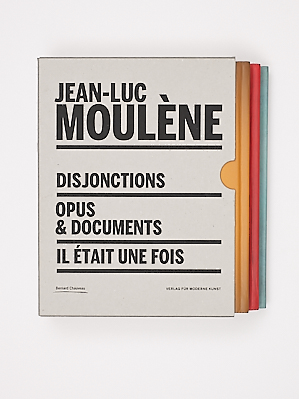
Jean-Luc Moulène
Disjonctions / Opus & Documents / Il Etait une Fois
Coffret des catalogues des expositions Disjonctions, au Transpalette Centre d’Art Contemporain de Bourges, Opus & Documents au Kunstverein de Hannovre et Jean-Luc Moulène. Il était une fois à l’Académie de France à Rome – Villa Médicis (30 avril 2015 > 13 septembre 2015).
Year: 2015
Dimensions: 26 x 20 x 5 cm
Language: English
Material: Hard cover

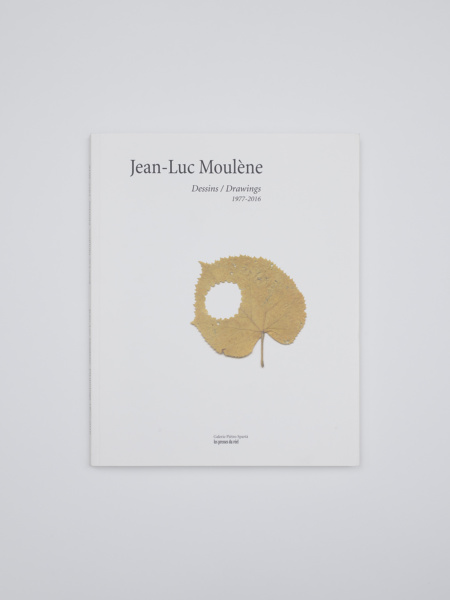
Jean-Luc Moulène
Dessins / Drawings 1977-2016
This monograph spans forty years of drawings and works on paper, offering an insight into a lesser-known part of Moulène’s artistic practice. A jubilant documentation rich with autobiographical elements. “The artist (and not only the one we’re talking about here) is never secure against an idea, a flash of inspiration that can strike anywhere, anytime; while Moulène’s traveling workshop with its not especially cumbersome paraphernalia—sketchbooks, pencils, watercolors—leaves him free to nab the muse whenever she chances by. And if ever the tools aren’t handy, any scrap of paper caught on the fly will do, even just a magazine page for painting, scribbling or spattering on.” Published following the artist’s exhibition at the Pietro Spartà Gallery, Chagny, France, from May 7 to September 30, 2016. Photographer and sculptor Jean-Luc Moulène (born 1955, Reims, lives and works in Paris) is a leading figure of the French art scene. Among the institutions that have dedicated solo exhibitions to his work are Centre d’Art Contemporain de Genègve (2003), Musée du Louvre, Paris (2005), Culturgest, Lisbon (2007), and Carré d’art Musée d’art contemporain, Nîmes (2009), Dia:Beacon (2012), Hanover Kunstverein (2104), Villa Medici, Rome (2015), and Centre Pompidou (2016). Moulene has participated in Documenta X (1997), the São Paulo Biennial (2002), the Venice Biennial (2003), the Taipei Biennial (2004), the First International Biennial of the Image (Laos, 2007) and the Sharjah Biennial (2010). Moulène’s work has been included in countless group exhibitions all over the world.
Year: 2018
Dimensions: 25 x 20 cm
Pages: 152
Language: English / French
Material: Paperback

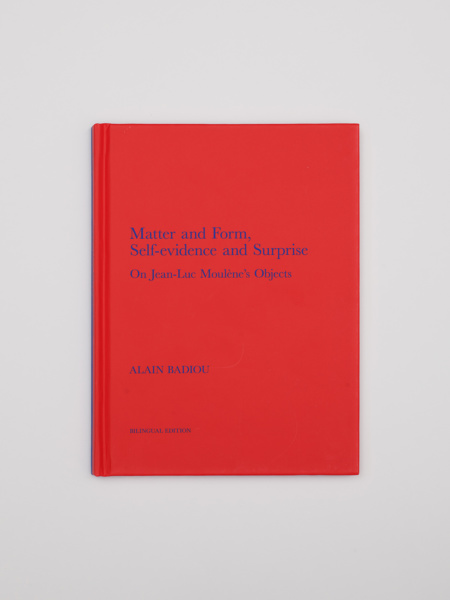
Jean-Luc Moulène
Matter and Form, Self-evidence and Surprise On Jean-Luc Moulène’s Objects
In this unique essay, first delivered as a lecture during a panel discussion with the artist and philosopher Reza Negarestani, Badiou identifies and “dialecticizes” five Moulène objects with five conceptual formations from the history of Western philosophy. Aristotle’s complex of matter and form is called to mind to describe the inner logic of a routed, hard foam sculpture. A bronze statue with holes next activates Plato’s notion of participation of the concrete world in the “injured Idea of the Beautiful.” A small metallic and incomplete “angel,” further, engages Leibniz’s affirmation that “everything that exists is composed of an infinity of things.” Badiou’s musings then bring him to Victor Hugo while considering a broken and repaired plastic chair. A terrible Hand made of concrete, that seems to have “burst out of the earth,” cannot help but manifest something akin to the Freudian unconscious. Finally, a large-scale “red and blue monster” awakens in the philosopher the rudimentary mechanisms of the Cartesian cogito, the famous “I think, therefore I am,” with stunning inversions and variations. Badiou refrains, of course, from claiming that Moulène thinks about any of these philosophers when making his specific works. What he points to, however, in this richly illustrated bi-lingual volume, is that the artist and his art are “on the side of philosophy.” “Being on the side of philosophy,” says the author, “any one of Moulène’s objects is always, by itself, and beyond the secret process of its realization, a material proof, which is met with a contemplative pleasure, the pleasure of the possible existence, here and now, of new truths.”
Year: 2019
Dimensions: 20 x 15
Language: English/French
Material: Hardcover

